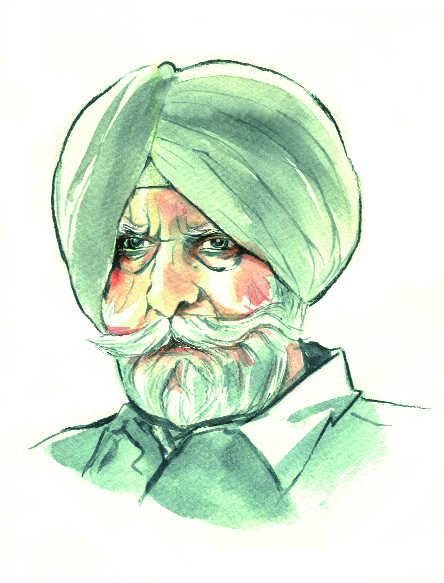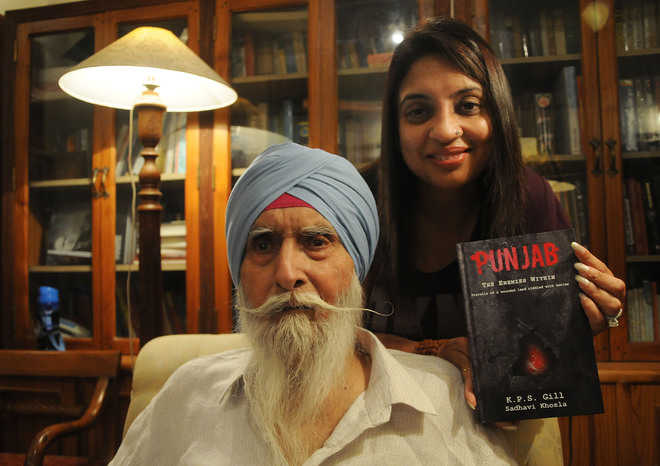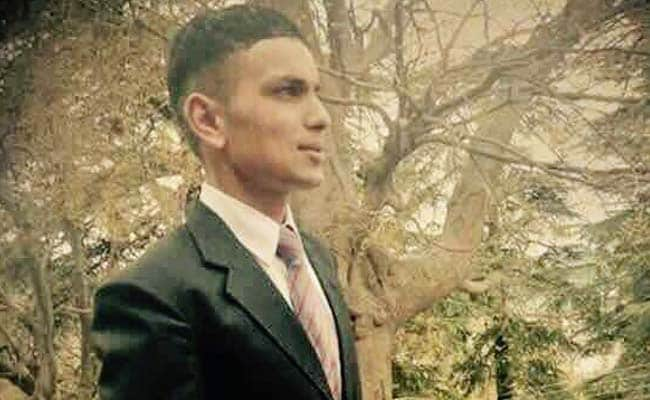The meeting of the Army Chief with the senior Army brass in Srinagar has sent out a strong message. Since collective wisdom always scores over unilateral considerations, a unified approach might work better. A unified command is essential to deal with the ongoing conflict in Kashmir.

Conflict Zone: The Chief of Army Staff Gen Bipin Rawat on a recent visit to LoC formations and units in North Kashmir.
THE event got highlighted briefly in print and electronic media and got a passing reference in social media. That is how unimportant the public considers an unusual meeting of top Indian military brass away from the traditional haunt of South Block, New Delhi. However, when the Army Chief and seven Army Commanders met at Srinagar last week it was a departure from normal and something that keen observers of strategic affairs, especially those with eyes on Jammu and Kashmir, should have noted. The meeting could very well have been for the purpose of a collective change of scene and retreat but the Indian Army is a little too serious to think of such things. It is not unusual for different field armies of the Indian Army to plan an odd training event at a picturesque location within its geographical precincts. Chandimandir’s Headquarters (HQ) Western Command often conducts events at Kasauli or Subathu as does Lucknow’s HQ Central Command at Nainital. These take in a few issues of general interest and focus thereafter on the fixed responsibilities and tasks as applicable to them. Thus a contentious issue such as the North-East remains only the purview of Eastern Command and its brass and Kashmir that of Northern Command. The operational discussions on pan-India security issues are restricted to the half-yearly conference at Delhi. The Military Operations Directorate gets just a day to itself to conduct these. There is grossly inadequate and insufficient employment of the wealth of talent available in the senior command and staff appointments each of whom have served across the spectrum of challenges that the Indian Army faces. Rarely do you find Principal Staff Officers from Delhi involved in the war games of field armies. In other words, while our regional issue-based approach may be efficient the combined national approach may really not be as seamless as it needs to be. Of course, one does think of the time of late General K Sundarji’s legendary Brasstacks series of exercises, where different departments of the Government of India were involved in the discussions in the lead up to Exercise Brasstacks 4 — the maneouvres involving troops which led to the near war between India and Pakistan in 1987. This has happened once or twice thereafter but at a much lesser level of intensity and seriousness.Collective wisdom always steals a march over unilateral consideration of issues. Jammu and Kashmir is currently facing one of the most challenging phases in the last 28 years of existence of the proxy conflict because the issue is deeply embroiled in the hybrid zone. If it was purely military, the Army would have found it far simpler to address. Because it is not, the situation needs deft handling, a 360-degree consideration of the issues, tremendous coordination, cooperation with multiple agencies and team work. This type of conflict just cannot be fought through isolated, single-agency campaigns. Very early in the conflict environment there were men worth their weight in gold who thought of the right things. The Unified Command was the product of such thinking as early as 1993 but somehow it could not achieve the desired interest in its scope and the same was not sufficiently investigated. Is it time that it was restored to the status of what was intended with its use? Are these signals that people in authority are giving the whole approach a fresher look? The recent meeting in Srinagar had some interesting aspects to it. Some of the brass met and briefed the Governor. The Chief Minister was also briefed by the Western Army Commander. It is not known whether any other important members of the security team at Srinagar had the occasion to meet and brief the brass; it would have been a great gesture in jointmanship and that is the direction which should be taken in the future. The cascading effect of this should be a greater empowerment of the Unified Command, with the Chief Minister playing a more proactive role in the security realm and the outreach campaign to the people; these are inevitable arms of comprehensively countering any hybrid conflict. The planning and war gaming should be selectively done by the Unified Command, using the Army’s time-tested methods and tools of decision- making.One of the reasons for the comparative lack of interest in the media towards this event has been the inability to comprehend just what this meeting means. It was not noticed that the Chairman Chiefs of Staff Committee and Chief of the Naval Staff, Admiral Sunil Lanba was also in the Western theatre and being briefed at Yol by GOC 9 Corps. All this can be dismissed as holiday retreat time for the defence brass but it must also send a good message of the serious intent with which India is viewing Pakistan’s threats and attempts to intimidate it. At the same time the statements of the Army Chief, although taken negatively by many, do convey an upward ratcheting of the doctrine to fight the proxy efforts of Pakistan, brazenness of the mobs intimidating soldiers and getting away with it. As soon as reasonably can be the downward ratcheting will take place; have no doubts about that. The Air Force Chief’s letter to his officers is also a contributory factor in the turn of the screws as far as our readiness is concerned. The long overdue action against the financial networks also seems to have begun with recent revelations and raids. This will be a major contributory factor in diluting the proxy effectiveness. From across the border there would be many eyes glaring towards Srinagar, probably smug that a war council of the Indian Army had gathered there. The Pakistanis should be reassured that their perception is correct. India is no longer viewing the intimidation defensively and another high-profile negative incident could well test this intent. Repairing the situation in Kashmir should begin in earnest and there is no need to be in any hurry to engage Pakistan. Mission Kashmir is now all about securing Kashmir and making no bones about it.The writer, a former GOC 15 Corps, is now with Vivekanand International Foundation and Institute of Peace & Conflict Studies.




























































 S BURMAULA
S BURMAULA





























































